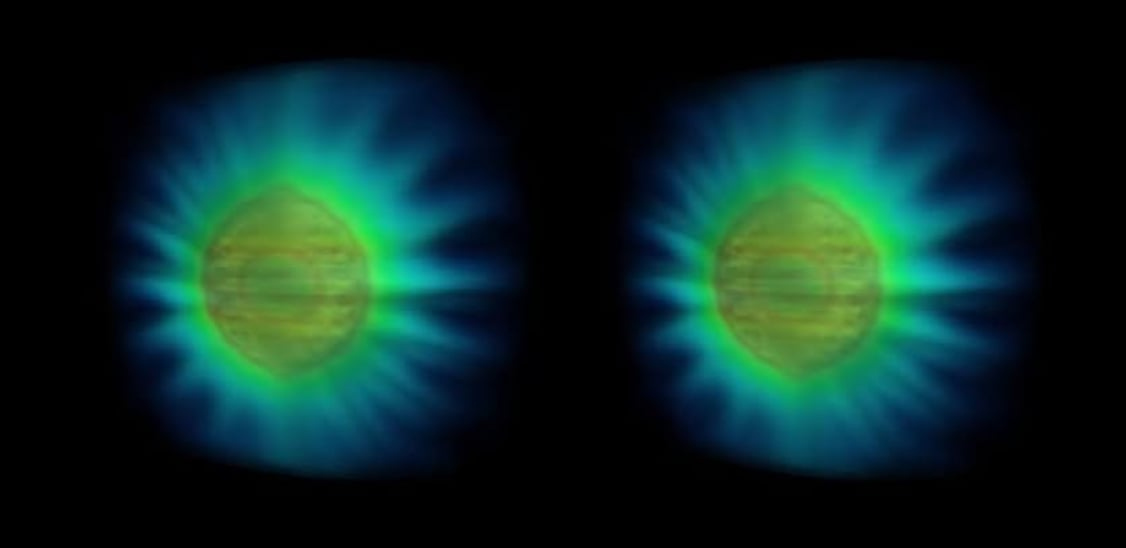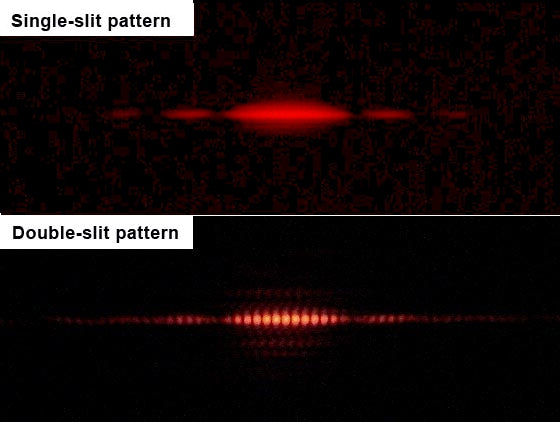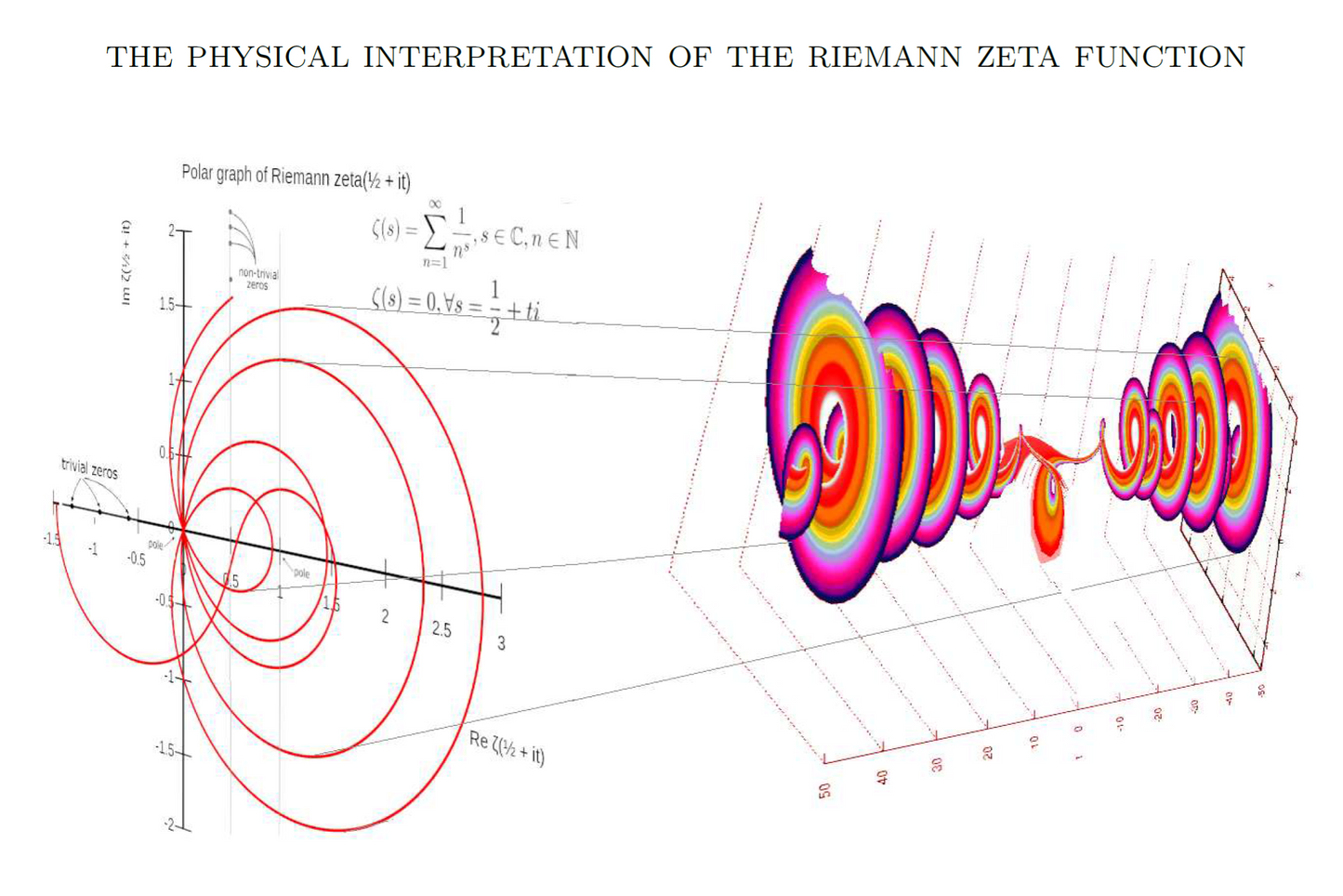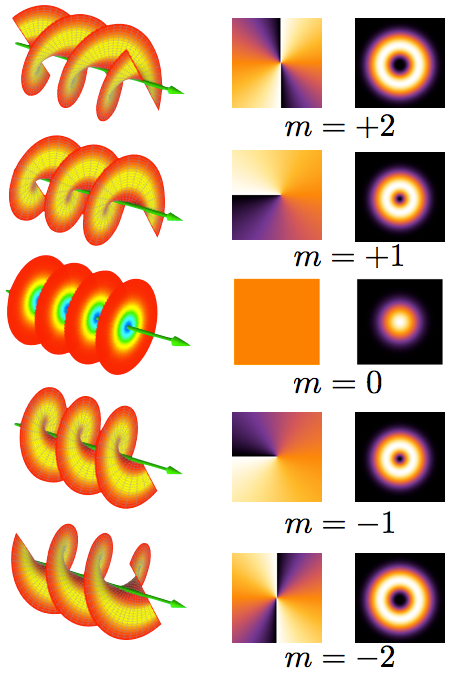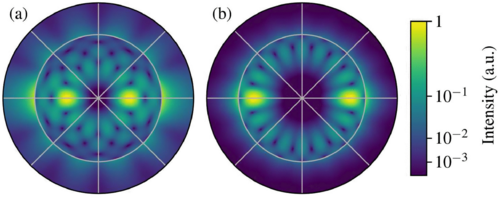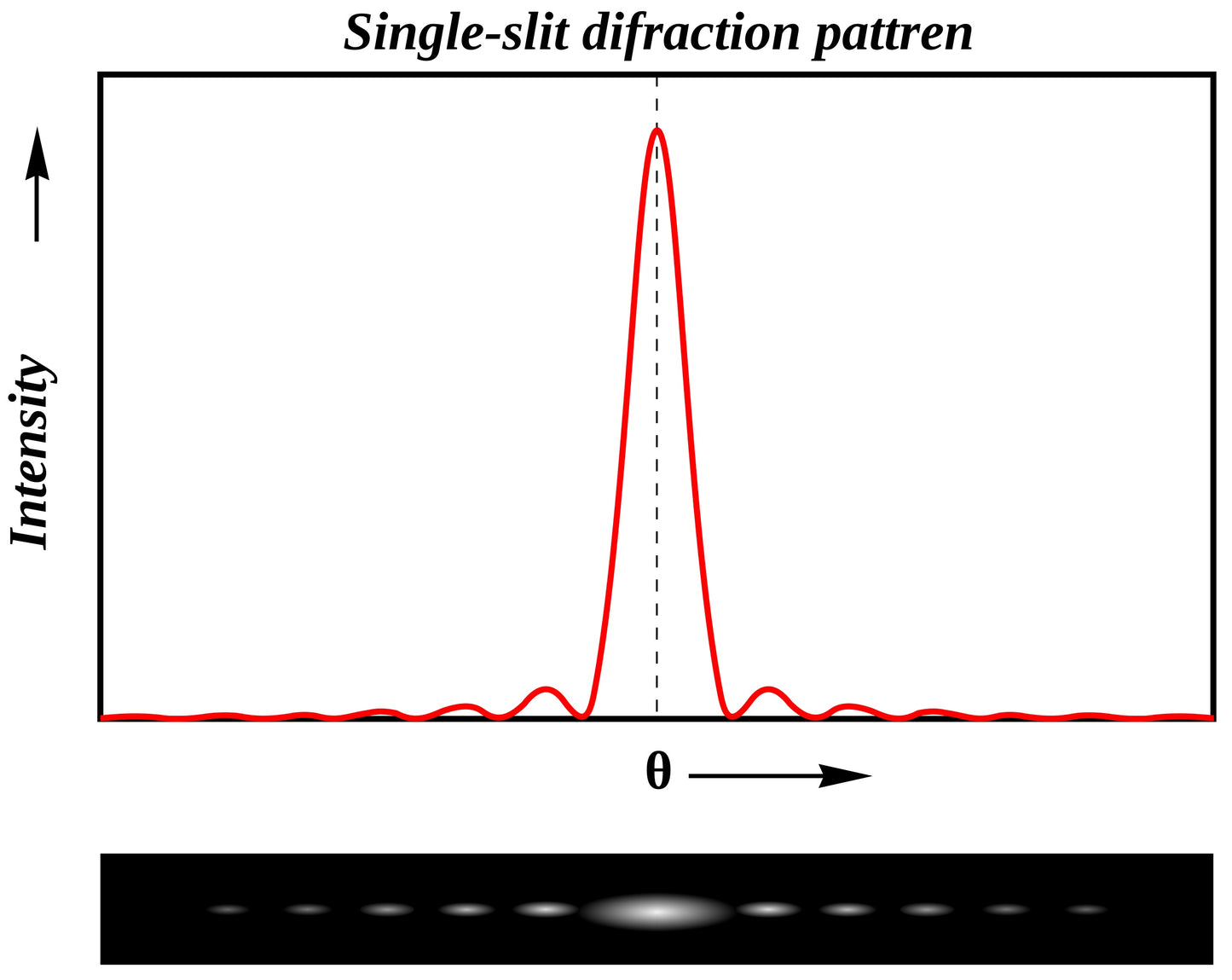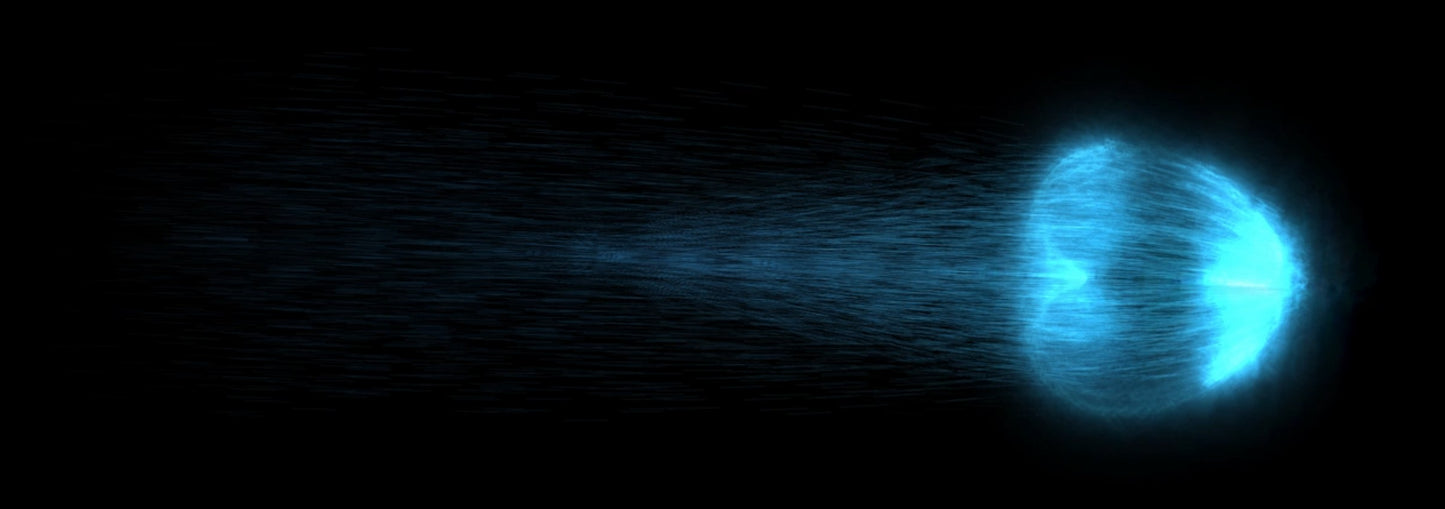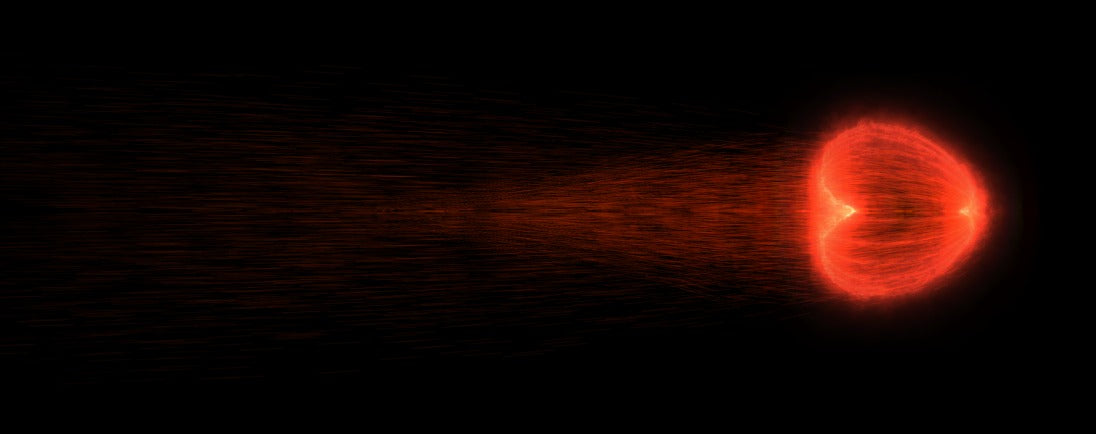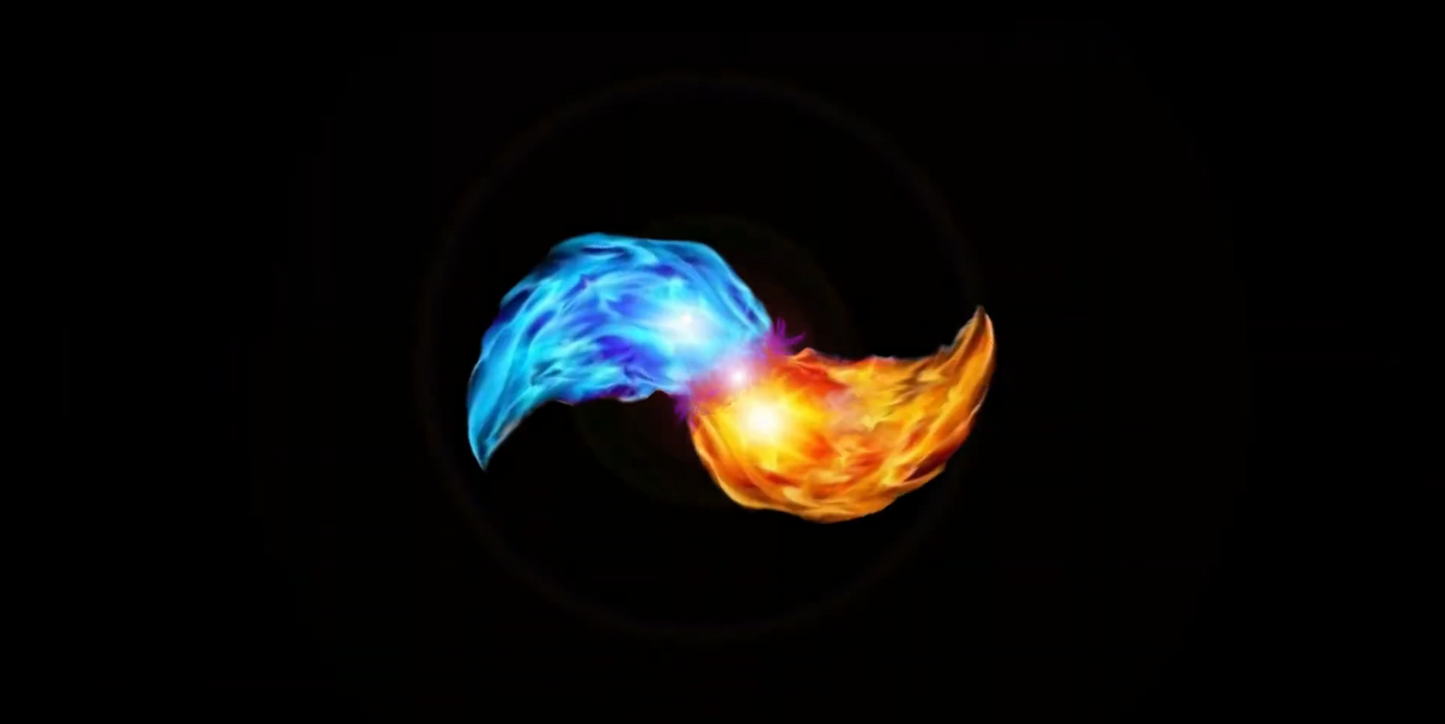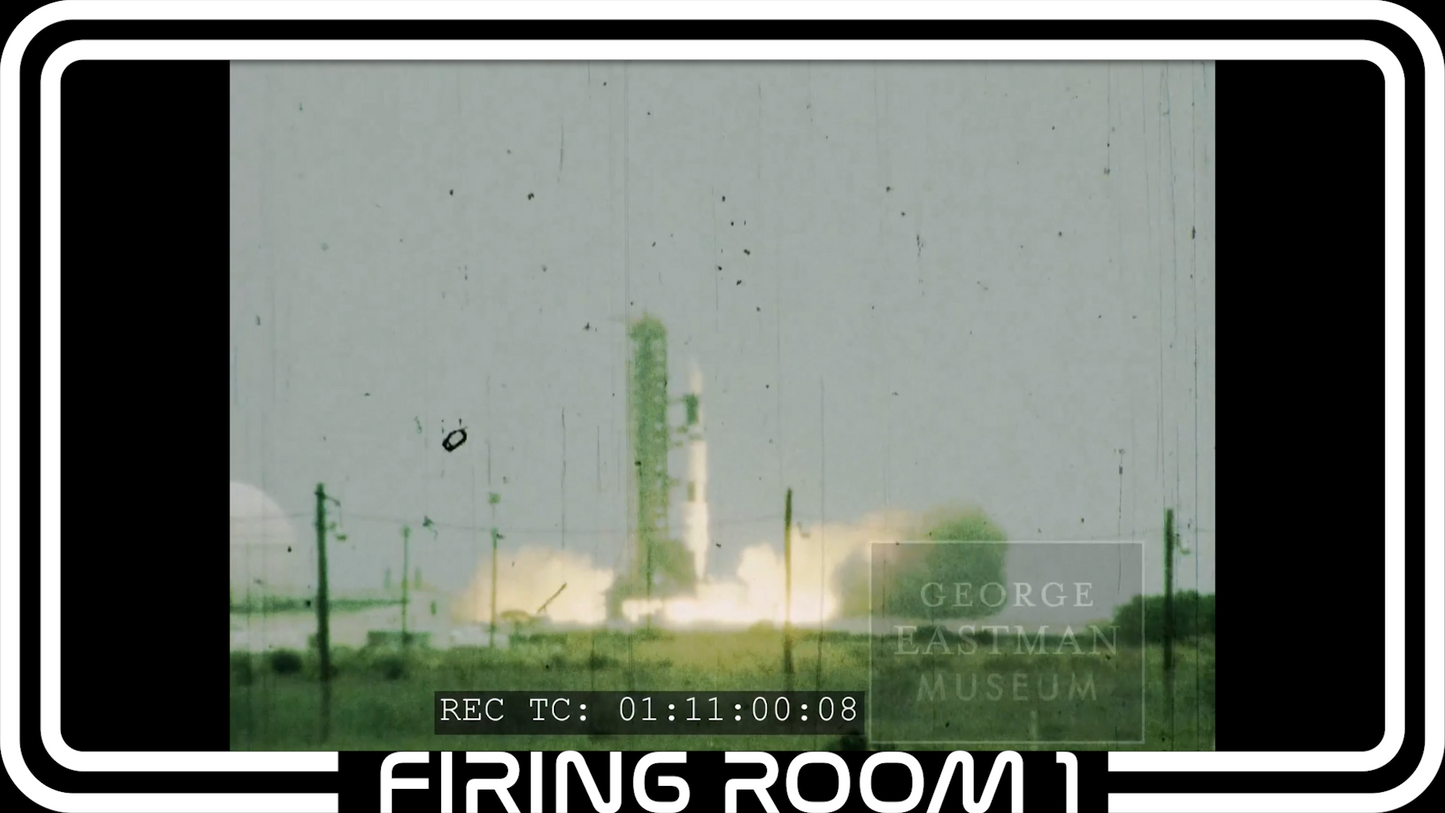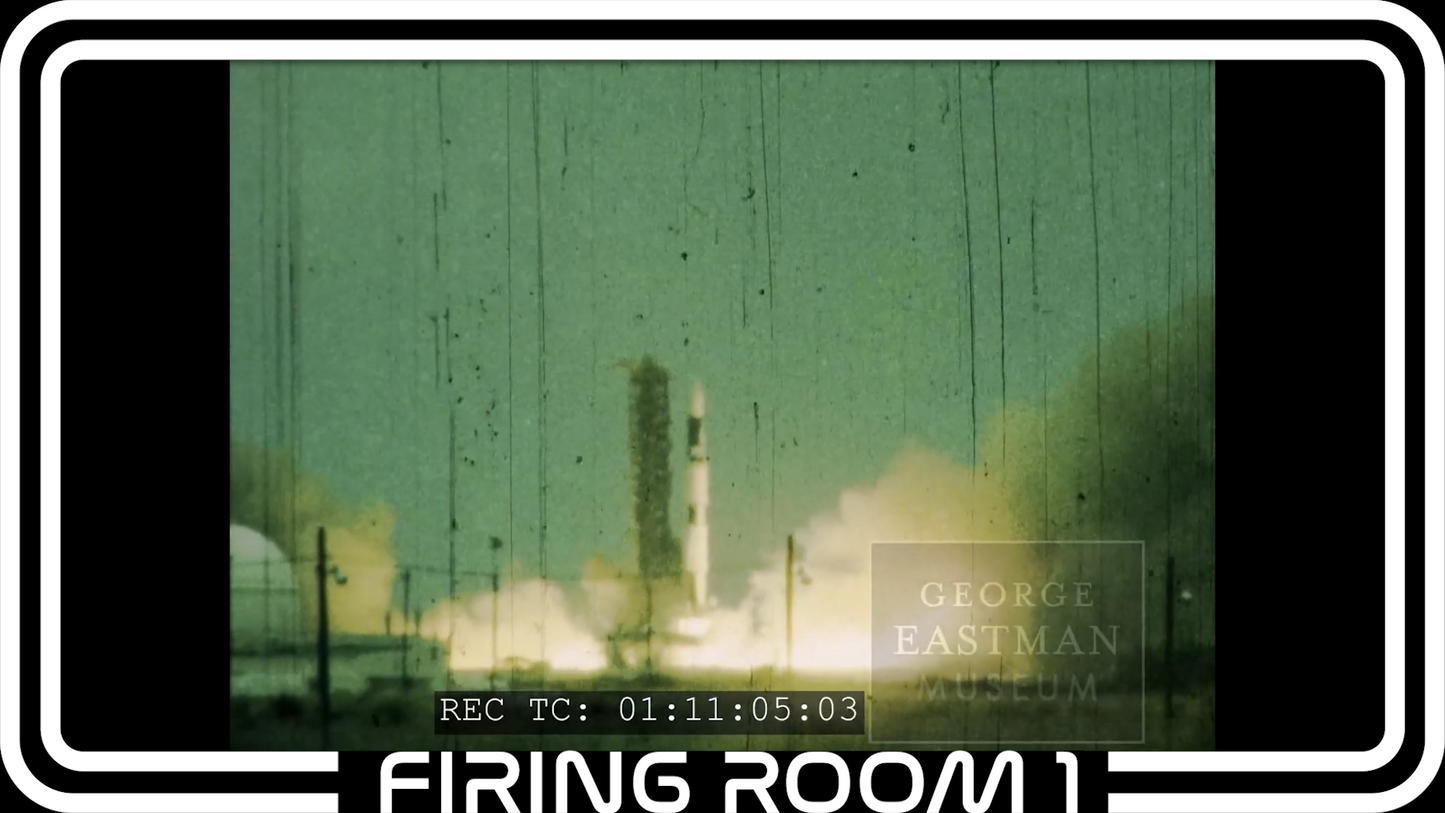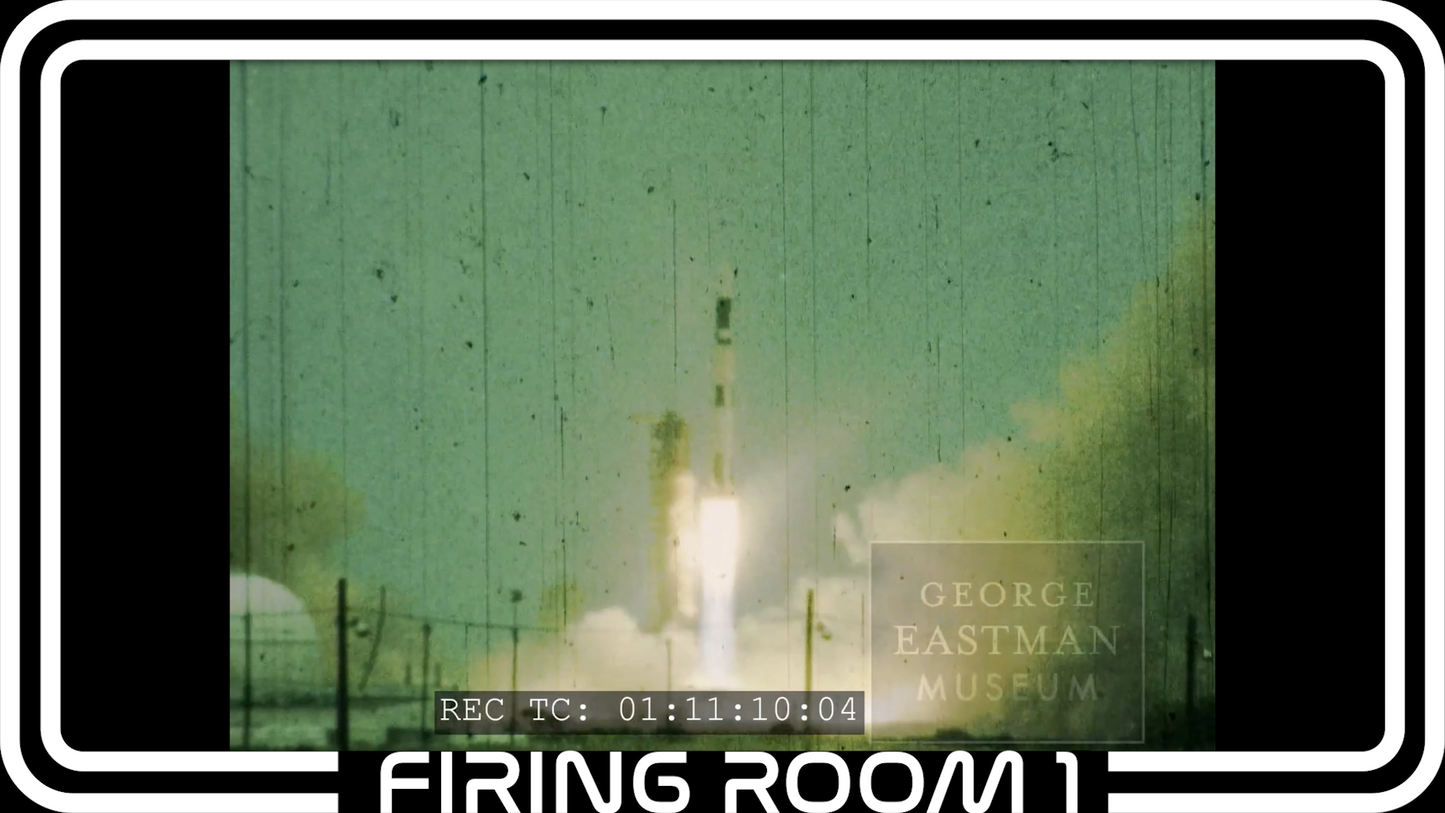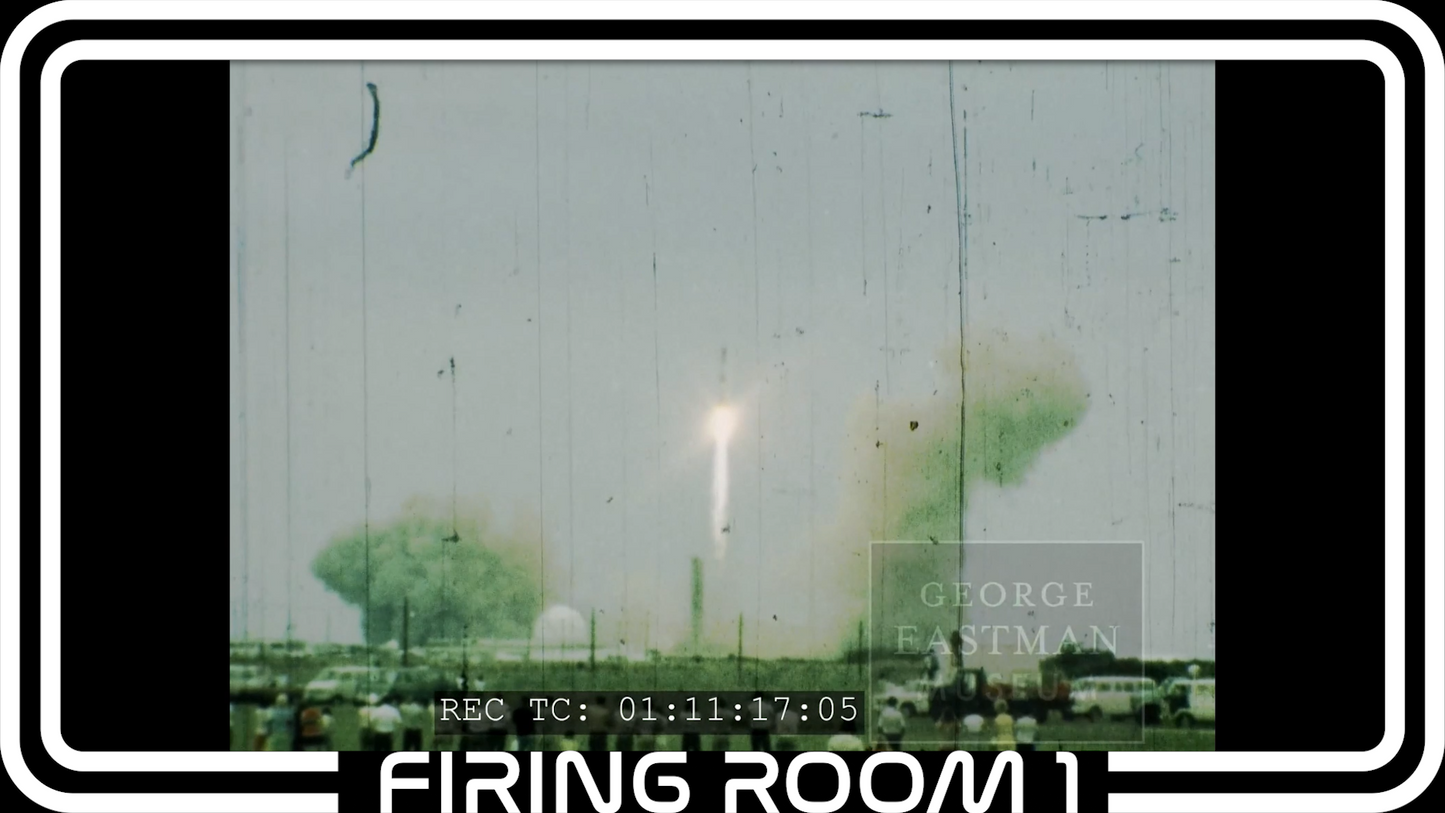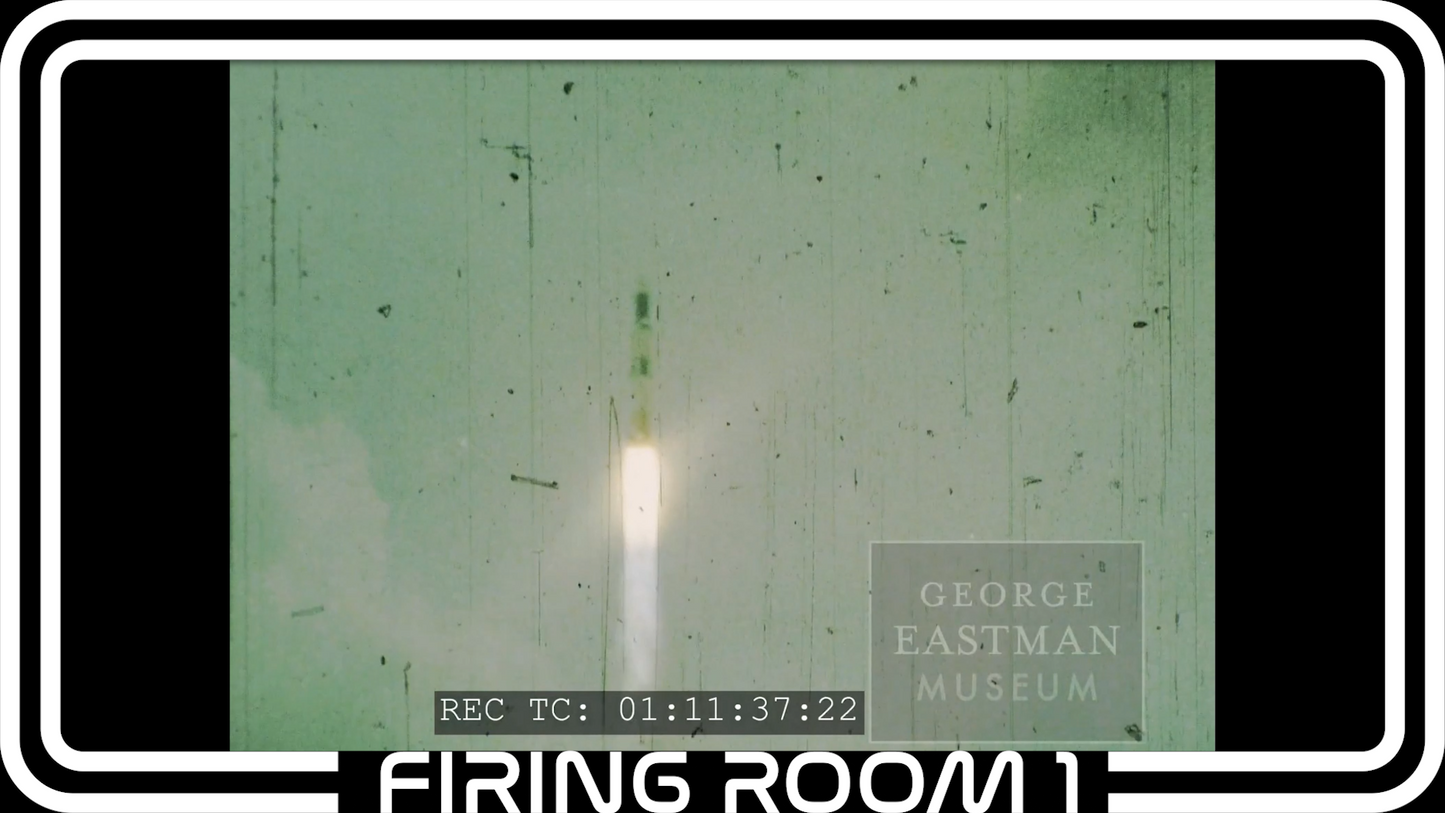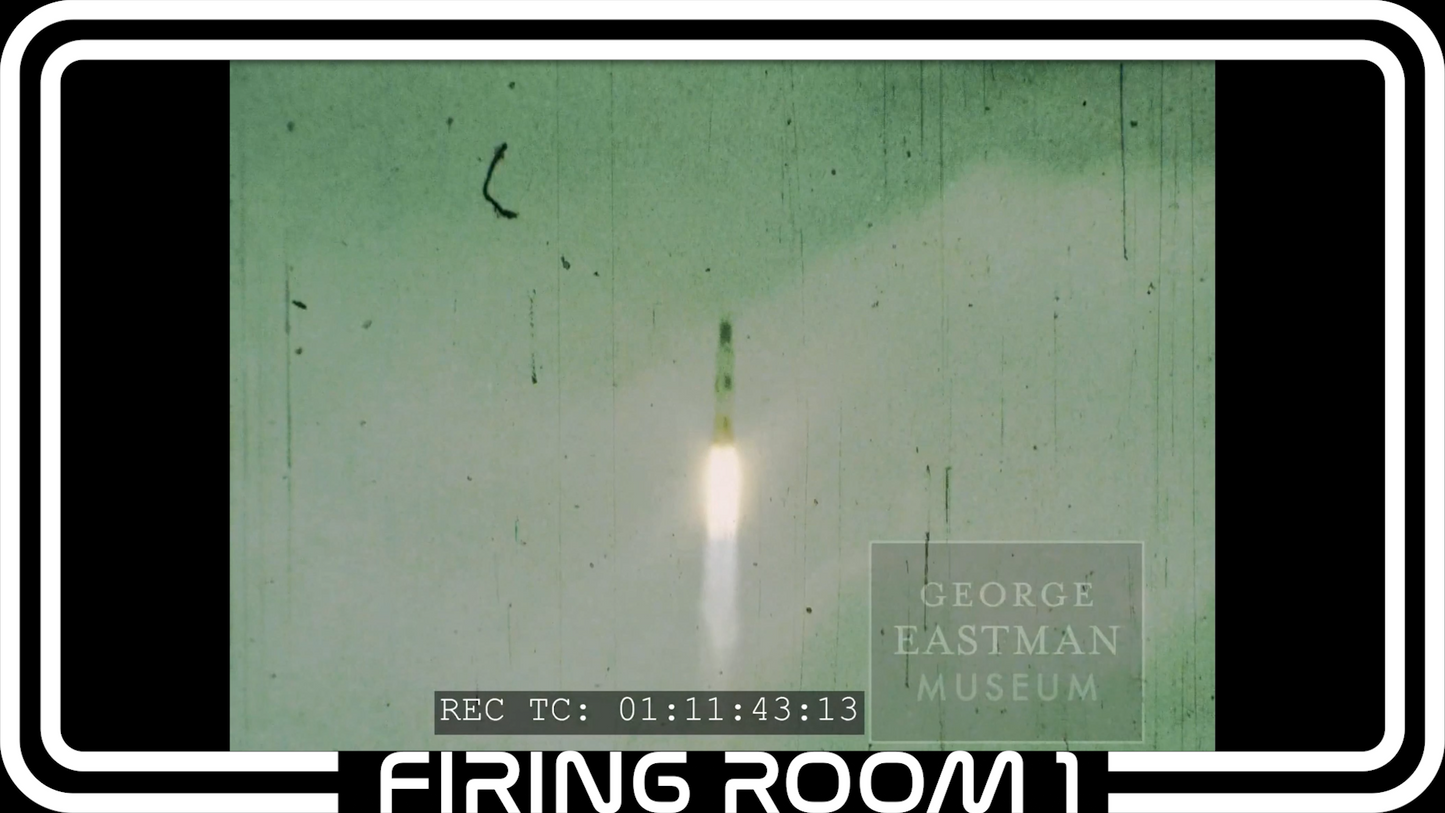CAN WE SEE HOW A PHOTON ACTUALLY LOOKS?
Note: Some of the Images, Videos, and PDFs in this Feature Article are Provided in the "Gratis" Free Digital Download below at no cost to you.
Note: Please excuse our appearances FIRING ROOM 1 Website and the Feature Series on Photons are currently in beta testing and new development.
We "see" with Photons but can we "see" Photons themselves?
We visualize the absorption of the photon as information about the object that sourced the photon thus allowing us to "see" what the object looked like at the object surface before traversing the Vacuum of Space into our imaging system, the Eye.
Do we "see" the photon or the object from which the photon emerged?
The human perception of photon absorption is that we "see" the color and material properties of object from where the photon came and not the photon itself!
Credit | J.Boze | Firing Room 1 | Firing Room 1
Can we see photons if we construct a sensor that can detect or "see" their physical properties whether on the surface of it's wave packet envelope or within photons swirling quantum superfluid? Can we "see" the "unseeable"? A new era of photon imagery began about a decade ago.
Visualizing Photons By Analyzing It's Physical Properties of Photons
We "see" things via light or via photons that are either reflected or emitted from an object if it is directed into our eye.
If we could "see" the photon we should be able reproduce what the photon looks likes to the Human Eye.
Humans have made some success at imaging "quasi-photons" which are photons in the sense that they are "Vortices" of quantum superfluid (Condensed EM Fields) dragged with another particle.
Photons lose momentum over time and an Artist Rendering should make an attempt to depict the "lose of momentum". Momentum can be lost in a variety of ways including reduction in velocity or angular velocity or reduction in quantum mass.
The rendering below attempts to show momentum lose via a process of Hawking Evaporation of the vary EM Fields that are densified within the photon.

Credit | J.Boze | Firing Room 1 | Firing Room 1
An Artist Rendering of a Red Photon undergoing the an ablative process of Hawking Evaporative Cosmic Redshift as traverses the Vacuum filled with Ambient EM Fields some call Dark Mass and Dark Energy causing a speed limiting resistive force which causes the photons condensed EM Fields to ablate away (the artist's purpose of the rendering) making the photon momentum to the Vacuum over time.
There are many well known experiments that help determine the properties of photons.
The Arts Bring Science Technology Engineering and Math To "Life"
An Artist can bring STEAM to life in many way via the Graphics Arts, Music Arts, Video Arts.
Credit | J.Boze | Firing Room 1 | Firing Room 1
Science Artists have grappled with how to represent photons for 100s of years. Animation is a great way to bring science to life.
The Art Of Depicting Quantum Processes
Some of the artists need to imagine how a newly researched quantum property is discovered or a process by which one particle transforms into another. A New field in physics is Photon Photon Physics or Two Photon Physics.
The two photon experiments are generally related to how photons effect one another under very high density and highly polarized electromagnetic field environments. When photon density in a cavity get higher than the Schwinger Limit EM Field will begin to turn into a Quantum Superfluid made of Photonic Particles. It is possible to "fuse" two or more photons into larger photons and even other Standard Model Particles.
In a process similar to a Positron Electron Annihilation where Photons are the Product, the opposite process likely happens inside Super Nova's and Dark Stars aka Black Holes.
Here is a STEM Science Content Creator's artistic animation depicting how the idea that the reverse process known as Photon Photon Fusion to create particles.
Credit | J.Boze | Firing Room 1 | Firing Room 1
A STEM Science Content Creator's artistic animation depicting how the idea that the reverse process known as Photon Photon Fusion to create particles.
Scientific Properties of Photons Help Artists Conceive Pieces of Art
Many physical and theoretical properties of photons have been mapped out using experiments designed to measure these properties. These properties were obtained in variety of ways and using a variety of methods yielding a variety of physical and theorical properties than can help Scientists, Technologists, Engineers, Artists and Mathematicians in their work.
The properties of photons in the proper context can be exploited by Artists when designing their current at works whether they are digital renderings, paintings, and other form of evolving art.
Single and Double Slit Detraction
The Single Slit and Double Slit Experiments allow scientists to determine how the momentum of a photon is effected but passing it through a slit in a shield. An alteration in the photons momentum is will result in a deflection, reflection or absorption of the photon.
Photons pass are emitted from an emitter and sent toward a slit in a shield. Some of the photon impact the shield and do not go through the slit. Some of the photons emitted will partially impact the side of the slit resulting in a modification of it's momentum. As the speed of the photons will ultimately remain the same the momentum change manifests itself s as a change in "the velocity vectors direction" resulting in a deflection (refraction) of the photons.

Credit | Jordgette | Wikipedia Commons | GNU Free Documentation License
Single slit diffraction and double slit interference
These refracted photons have been well documented and the photons follow a pattern predictable by it's wave function describing Quantum Superfluid Flows within the Photons Wave Packet Envelope.
Laser based Pinhole Diffraction produces Radial Type Patterns. The experiment implies information regarding momentum within the photon.

Credit | Wisky | Wikipedia Commons | GNU Free Documentation License
Diffraction pattern of red laser beam made on a plate after passing through a small circular aperture in another plate. Physical optics is used to explain effects such as diffraction.
Does a photon look like this diffraction pattern? Probably not but it certainly indicates physical properties of the photon. Properties that indicate a "circular" An artist needs to balance known properties with the abilities of the visual medium to communicate those properties to the viewer.
Experimental Images of Photons and Quasi Photons
A recent paper used nano emitters to control the method by which single photons were emitted. The imaged the photons in various conditions which altered the dimensions of the photon across different axes.

Credit | B. Yuen | University of Birmingham | University of Birmingham
The image depicts the calculated shape of a single photon, resembling a lemon, as revealed by researchers at the University of Birmingham. This visualization was made possible by a new theory explaining light and matter interaction at the quantum level, developed by Angela Demetriadou and Benjamin Yuen. The shape of a photon can vary depending on its environment.
The Artist Rendering discussed below has "quantum superfluid flows" that happen to look similar to the image of a photon taken with using environment altering nano emitter technology.

Credit | J.Boze | Firing Room 1 | Firing Room 1
This image depicts the internal Quantum Superfluid Flows within a Photon responsible for certain properties exhibited in experiments like the single and double slit diffraction experiment. This rendering looks vaguely familiar to the experimental image generated by Angela Demetriadou and Benjamin Yuen.
There are many well known experiments that help determine the properties of photons. Single Slit and Double Slit Diffraction are only 2 experiment that tell you how photons behave. A Photons physical characteristics must explain these properties for a good visualization to be rendered. Like Science, Math describing photon behavior can enhance an artists understanding of a photon.
Developing an Artistic Angular Momentum "Model" of Photons

By E-karimi - Own work, CC BY-SA 3.0, https://commons.wikimedia.org/w/index.php?curid=16678780
By E-karimi - Own work, CC BY-SA 3.0, Link

Artists Can Use The Mathematical Properties of Photons
The physical properties of photons can be model with math. Math defines a certain behavior and those mathematical properties can be extrapolated in was that artists can use to design their own portrayal of what a photon may look like if we could see photons!

Credit | DL6ER - Own work, CC BY-SA 4.0
Distribution of light intensity during diffraction by a slit
As the Photons pass through the slit the unencumbered ones will impact the target directly in front of the slit. Photons that hit the side of the slit walls will undergo a momentum shift and the new altered trajectory of the photon will indicate how much the momentum was altered by noting the change in trajectory.

Credit | J.Boze | Firing Room 1 | Firing Room 1
Diffraction pattern made by photons is related to their wave momentum function which is directly related to the quantum superfluid of Electromagnetic fields which explain photons effects such as diffraction.
Loss of actual properties is typically lost when artists conceive a way to convey an image or action!
Artists Make Photons "See the Light of Day and Night"
Combining STEAM Layers Into Simulation and Animation
Simulation has been used for along time display the science of the quantum world. Animation is a less mathematical approach that may use both math and art to bring science to life in ways that may be difficult with simulation.
Using elements from different fields and all their prior understanding of what a photon may "look like" and artist can create a near infinite amount of renderings of photons with ever different properties in attempt to "get it right".
Example of Combining STEAM Concepts into a Simulation or Animation
After an artist reviews the properties of photons they can begin to break down the what and how of the representation they are designing to represent the propagation of an EM Field Particle across a vacuum of space.
The most striking experiments on photon are the diffraction experiments as they indicates changes in momentum within or on the surface of the photon. These periodic and well defined variations in photon momentum and direction can be somehow represented by the Artist.
The artist needs to bring this photon into the visual space knowing ALL OF IT is based on things we truly cannot see without some new experiments.
Artist Rending of Quantum Superfluid Flows Inside a Photon
Credit | J.Boze | Firing Room 1 | Firing Room 1
Quantum Superfluid Electromagnetic Fluid orbitals of a highly polarized EM Field.
Credit | J.Boze | Firing Room 1 | Firing Room 1
First attempt of placing the Quantum Superfluid Electromagnetic Fluid orbitals inside a general Cardioid shape of a highly polarized particle.
Credit | J.Boze | Firing Room 1 | Firing Room 1
This composite shot places the artists choice of how to show the idea of orbital momentum based Quantum Superfluid Flows placed inside the Riemann Zeta Cardioid shaped Wave Pack Envelope.
Seeing photons with photons is not as easy as it sounds.
Credit | J.Boze | Firing Room 1 | Firing Room 1
Digital artists use compositing to layer different effects to show in a visual way how a photon traversing the vacuum may ablate electromagnetic fields off it's wave packet envelope showing how the Physical Property of momentum loss time may appear if you could see the actual Hawking Evaporative Process on a level.
Credit | J.Boze | Firing Room 1 | Firing Room 1
–John Boze
John Boze is a contributor to STEAM Education Program Rochester NY. He is the Host of the Firing Room 1 Podcast.
References
- J. Boze., “Shining Light On Photons,” Firing Room 1 (2025).
- J. Boze., “Shining Light On Photons,” Firing Room 1 (2025).
- J. Boze., “Shining Light On Photons,” Firing Room 1 (2025).
- B. Yuen, A. Demetriadou., "Exact Quantum Electrodynamics of Radiative Photonic Environments", 10.1103/PhysRevLett.133.203604
- Rizzo, Alessandro.(2024), “The Physical Interpretation of the Riemann Zeta Function,” 10.13140/RG.2.2.31946.34240).




